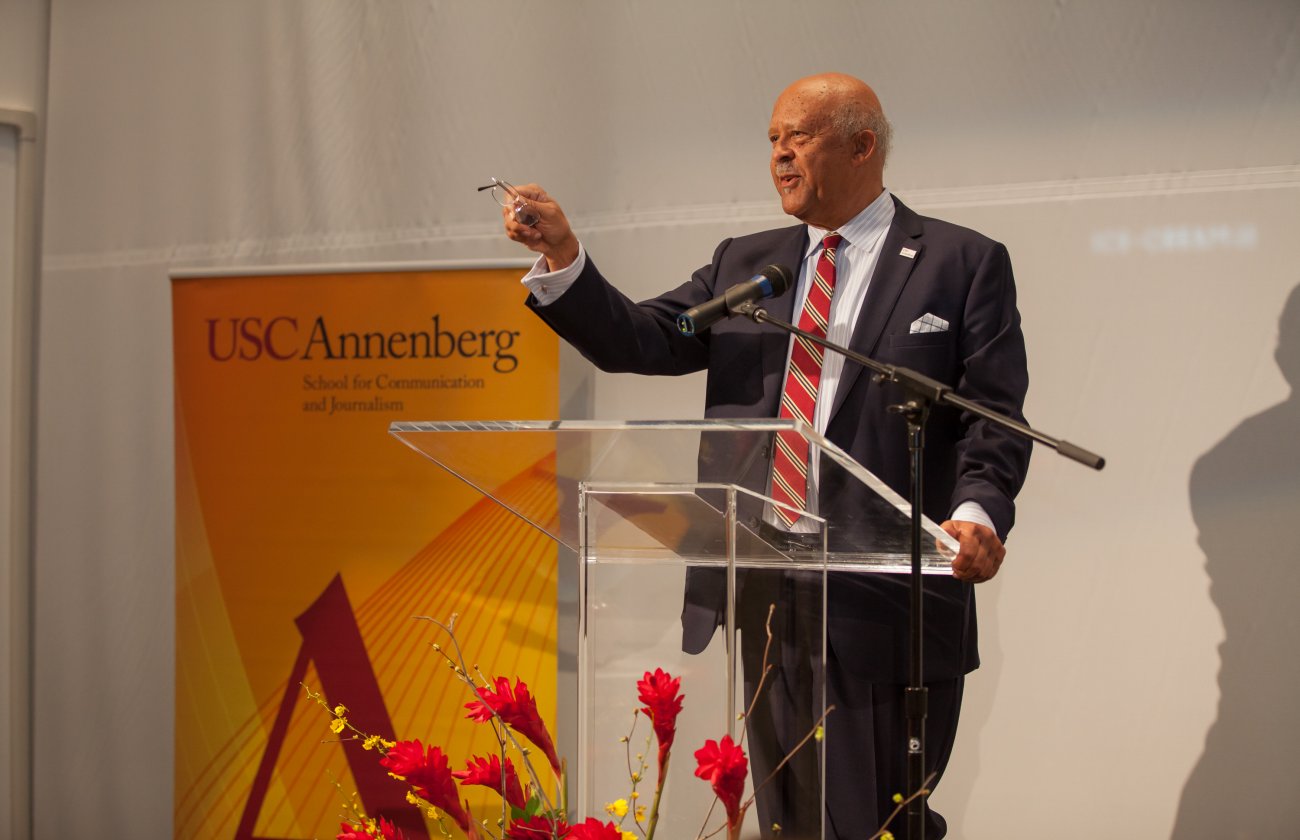Fruitvale Station. 12 Years a Slave. The Butler. 42. Mandela. It may seem in 2013 that the critical and popular success of films featuring black lead actors signals that Hollywood is diversifying. But a new study from USC Annenberg shows it’s business as usual when it comes to employing underrepresented races and ethnicities in the industry.
USC Annenberg Professor Stacy L. Smith and her team analyzed 500 top-grossing films at the U.S. box office over five years (2007, 2008, 2009, 2010 and 2012) and over 20,000 speaking characters. The evidence reveals that in 2012, black or African Americans represented 10.8% of all speaking characters, while Hispanics represented 4.2% and Asians 5%. In the top-grossing films analyzed from 2012, nearly 40% depict black characters in less than 5% of all speaking roles.
“There is still a noticeable lack of diversity across the landscape of popular films,” said Professor Stacy L. Smith, the principal investigator. “This year is the 50th anniversary of the Civil Rights movement, and the Census shows that the population of the United States is more diverse than ever. Our film content, however, depicts something very different.”
African Americans and blacks are not only outnumbered on screen, but behind the camera as well. Across 565 directors and 500 films, there are just 33 black directors between 2007 and 2012 – and only two of those directors are female. “It is hard to believe that across all of these top directing jobs, there are only two qualified black females. Other talented black female directors exist. Where are they?” Smith asked.
The report analyzes the nature of diverse portrayals as well. When they are on screen, female Hispanic characters are more likely than female characters from any other race/ethnicity to be depicted in sexy attire or partially naked. Black males are least likely to be shown as parents or caregivers (26.7%), or as romantic partners (43.3%).
“When you see someone who looks like you on screen, it makes you feel like you’re being seen,” said Bridgette Webb, a senior USC Annenberg Communication student who works with the program that conducted the study, Annenberg’s Media, Diversity, & Social Change Initiative. “Media ideals are so opposite from how I look that when I see representations or diverse characters, it makes me feel like the media thinks I’m OK.”
Black directors may make an impact on the diversity on screen. When films have a black director, 52.6% of speaking characters are black, compared to just 9.9% for films with non-black directors. “Quite simply, when we see diversity behind the camera, we see a difference in the percentage of diverse characters on screen,” said Marc Choueiti, a co-author of the study. “The question is: are these directors encouraged to create more diverse stories that reflect the world? Or is the type of story they are entrusted with an exclusive story about their own racial or ethnic group?”
Today’s report is the latest in a series of studies from Professor Smith and her team at the Media, Diversity, and Social Change Initiative at USC Annenberg. For more information, or to read the full report, visit annenberg.usc.edu or click here.









